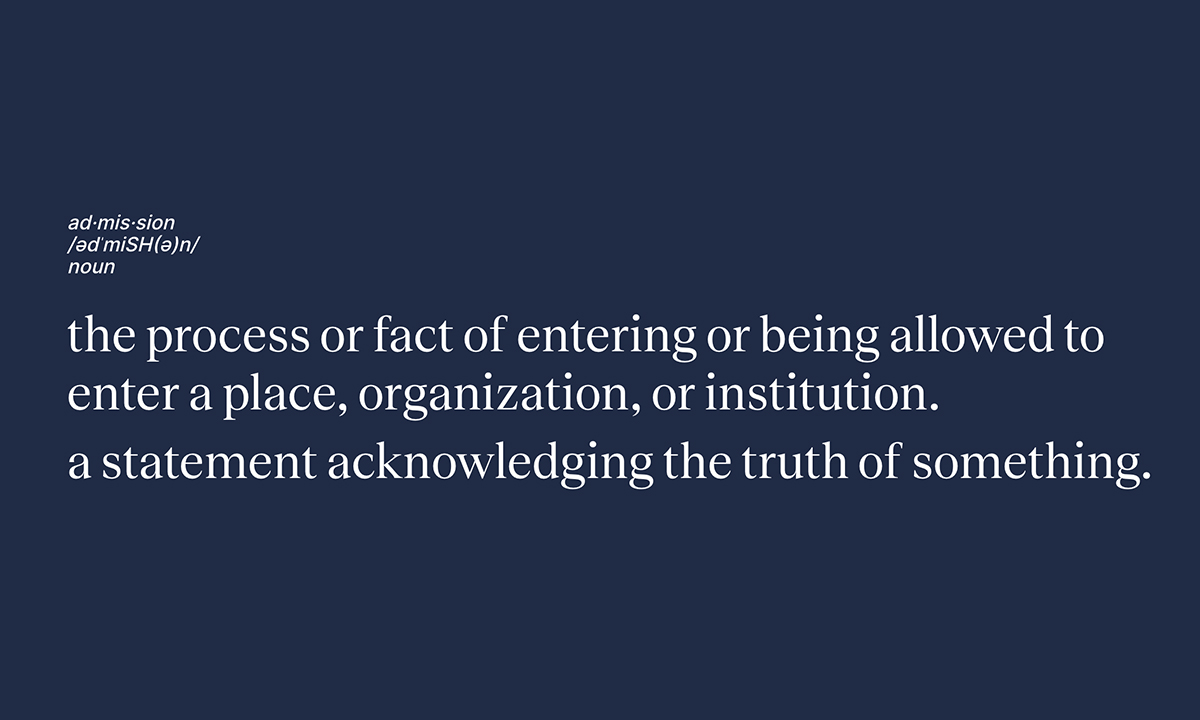How Information, Navigation and Options Can Transform Education Beyond K-12
Cortez: Together, these three enablers of choice can make postsecondary options a sound investment rather than a high-stakes gamble

Get stories like this delivered straight to your inbox. Sign up for The 74 Newsletter
Generations of Americans have grown up viewing a two- or four-year college degree as a necessary investment in economic mobility. But for many people — especially those who are first-generation, low-income, Black, Hispanic or Native American — higher education is a high-stakes gamble.
For example, 39 million Americans have begun but never finished a traditional degree program, leaving them little chance to recoup their investment. Only half of students who began a four-year degree in 2012 completed one within eight years at the same school. Despite progress in recent decades, large disparities in completion rates remain based on income and race.
Even those who earn a degree may not get the value they’re expecting. A 2021 Third Way study found that 25% of bachelor’s degree programs took more than 10 years to pay back their net cost to students — and even worse, 10% never broke even. Because few schools make this information easily available, most students do not know their odds when choosing where to enroll.
The financial consequences of betting wrong can be devastating. Americans hold a combined $1.76 trillion in college debt. An estimated $280 billion belongs to individuals who didn’t finish the postsecondary pathway they started, whether it was a traditional degree or one of the growing number of non-degree options. Nearly 60% of these students hadn’t repaid a dollar of principal within five years of dropping out — and neither did 33% of students who did complete their program. That debt burden disproportionately affects Black, Hispanic and low-income students.
This is not to say that traditional higher education lacks value. But that value isn’t distributed consistently, equitably or transparently — a fundamental problem that gets lost amid the intense focus on cost and debt. The postsecondary system must do a better job of equipping people to make informed choices that fit their life goals and circumstances.
That power of choice is the foundation of Admission, our newest Beta by Bellwether initiative. We are working with a diverse group of stakeholders to explore how three enablers of choice — information, navigation and options — can be levers for transforming education beyond K-12.
Information: Anyone pursuing education after high school needs clear, timely, accessible, customizable, comparable and credible information that helps answer the questions “What do I want to be?” and “Which path will best help me succeed in that pursuit?” We have identified 10 specific elements of information that people need to exercise their power of choice. These include tools and opportunities that help them understand their strengths and interests, learn about a broad range of professional possibilities and understand the requirements and advancement opportunities in specific professions. It also includes details about programs that could prepare them for their chosen pursuit: admission requirements, true cost, completion rates and the likelihood of seeing the expected return.
Much of this information already exists, but it’s rarely brought together in a timely, easy-to-use form. This lack of transparency is a choice made by postsecondary institutions — the problem isn’t data science so much as political science. Leaders need to summon the political will to ensure the public can access relevant information to drive choice, performance and accountability.
Navigation: Many individuals find simply having information is not sufficient for choosing a degree or credential program. Navigating such a complex system requires a network of social capital that people with privilege commonly have and those from systemically marginalized communities often lack: trusted, informed and unbiased advisers to support them in making choices. The messenger can be as important as the message; without the right messenger, critical information might never be delivered or misunderstood.
This navigation support can come from parents and family, peers, teachers, dedicated advisers, community leaders and people in prominent and influential roles in society. It can even come from examples shared by strangers who inspire and inform. Technology can play an important part in extending the reach of these navigators — and a growing number of platforms already provide support directly to students and equip navigators with the information they need.
Options: Meaningful choice also requires versatile, inclusive, high-quality pathway options. People need opportunities to advance professionally and personally throughout their lives — not just right after high school — as their interests, goals and circumstances evolve. The number and variety of postsecondary options is already growing rapidly: More than 1.1 million existed as of 2022, with a net growth of 109,000 that year alone. Only 234,000 of these were traditional degree programs, with the remaining 843,000 representing options such as credentials, certificates, badges, assessments, apprenticeships, licenses and work portfolios.
Some of these newer options are tailored for specific populations, such as people already in the workforce who haven’t yet earned a degree or credential. Some focus on specific approaches, such as on-the-job training. Many offer an increasingly necessary way for people to advance or change their career as technology and the labor market shift the nature of their work. However, this proliferation of new options heightens the importance of helping individuals find the ones that provide real value: 42% of nondegree programs in Third Way’s analysis didn’t increase participants’ earnings enough for them to recoup the net cost.
These three enablers of choice, working well and working together, cannot address every challenge the postsecondary system faces today. But they represent a dramatic improvement. By prioritizing them, leaders and policymakers can help ensure that more Americans can pursue education beyond K-12 knowing it’s a wise choice rather than the current game of chance.
Disclosure: Andy Rotherham co-founded Bellwether Education Partners. He sits on The 74’s board of directors.
Get stories like these delivered straight to your inbox. Sign up for The 74 Newsletter

;)
